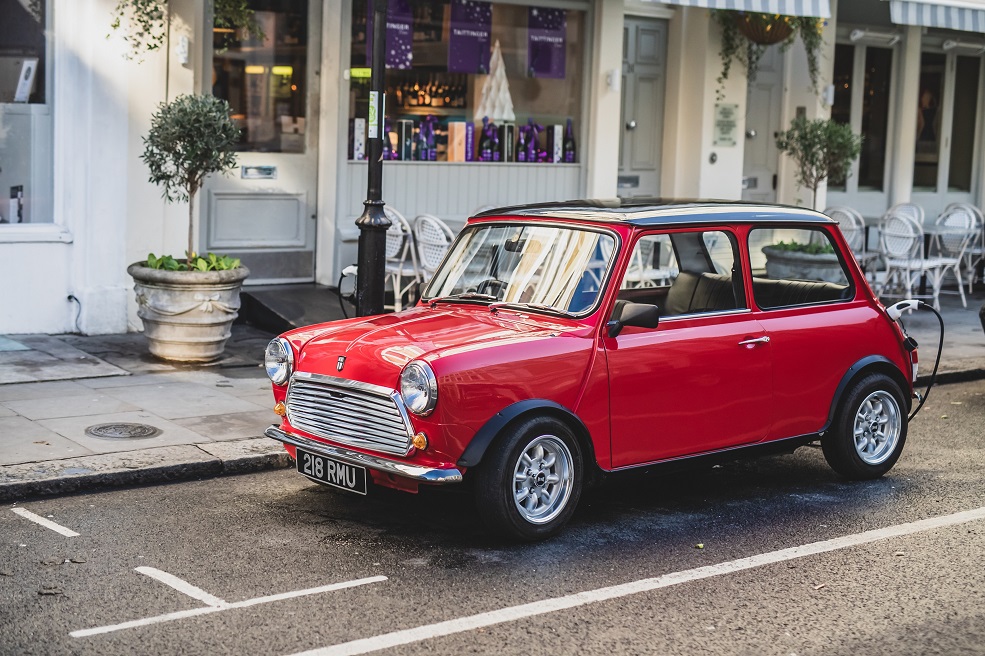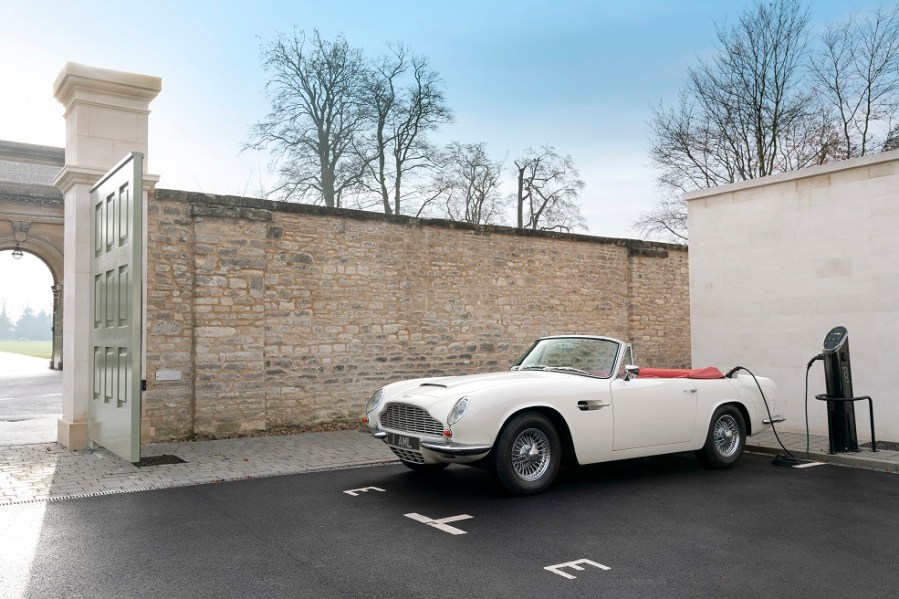The world’s foremost historic vehicle organisation has sparked debate by saying that it is unable to promote or support the conversion of classic cars to electric power. According to a damning statement issued by FIVA (the Fédération Internationale des Véhicules Anciens), vehicles converted in this way can no longer be defined as historic.
Regardless of FIVA’s views, an increasing number of classic cars are going electric. These include several by the original manufacturer or with its approval, such as the Volkswagen e-Beetle, Jaguar’s E-Type Zero and the Aston Martin DB6 Volante converted under its Heritage EV programme. These join aftermarket conversions like Swind E’s classic Mini, RMW’s MGB and many more.
FIVA acknowledges that electrification allows vehicles to meet modern environmental standards, with the additional benefit of increased power and performance. It also says that it “understands the motivation of some owners to electrify their vehicles,” and that “all modifications are a matter of personal choice.”
However, it questions how some conversion companies have been able to retain the original Vehicle Identification Number (VIN) of the donor vehicle despite replacing the entire drivetrain. But even more damning, it says that it “cannot promote, to owners or regulators, the use of modern EV components (motors and batteries) to replace a historic vehicle’s powertrain.”
The statement reads: “Conversion of historic vehicles from their original internal combustion engines to electric power doesn’t comply with the FIVA definition of a historic vehicle, nor does it support the goal of preserving historic vehicles and their related culture. In FIVA’s view, vehicles so converted cease to be historic vehicles, unless they are subject only to ‘in period’ changes.”

Where changes are made, FIVA advises they are not made permanent. Tiddo Bresters, FIVA’s Vice President, Legislation, “It is not, in our opinion, the shape or body style of a vehicle that makes it ‘historic’, but the way in which the entire vehicle has been constructed and manufactured in its original form.
“Hence if any owner, motor engineer or manufacturer chooses to make such conversions to a historic vehicle, FIVA would strongly recommend that any changes are reversible, with all the original components marked and safely stored. In this way, the vehicle may be returned to its original state and may once again become a historic vehicle.”
The Turin-based organisation’s definition of what constitutes a historic vehicle has long been controversial. It says a vehicle has to be at least 30 years old, preserved and maintained in a historically correct condition, and be part of our technical and cultural heritage.
Yet this definition based on age is seemingly at odds with previous statements from FIVA president, Patrick Rollet. At Retro Classics in Stuttgart earlier this year, he spoke of the need for clubs to “gear up more to young people” and spoke of the need to include youngtimers – a term popular on the Continent broadly meaning collectable cars around 15-30 years old.
Further controversy comes from FIVA’s assertion that a historic vehicle “should not be used as a means of daily transport.” Many have found fault with such a stance, believing that using your classic vehicle every day should have no bearing on its historic status.
So, is FIVA’s decision to reject EVs another seemingly narrow viewpoint? The traditionalist’s argument is that an EV conversion fundamentally alters a car’s originality and character, and thus can no longer be considered historic. On the other hand, many feel that EV conversions are the only way to keep classics on the road in the face of post-Dieselgate legislation, and hence preserve our heritage by doing so.
It’s a debate that will run and run, with considerable support shared online for FIVA’s stance. We’d certainly agree with its view on keeping changes reversible where possible, but we do wonder if FIVA has been a bit too quick to clarify its stance. EV conversions are rapidly gaining in popularity, but there’s still a long way to go before they become mainstream. One online commentator lambasted FIVA for its “one-size-fits-all approach” and said it was “like taking a hammer to a peanut.”
Whether FIVA’s stance proves to be counter-productive remains to be seen. Let us know your thoughts via ccb.ed@kesley.co.uk.





